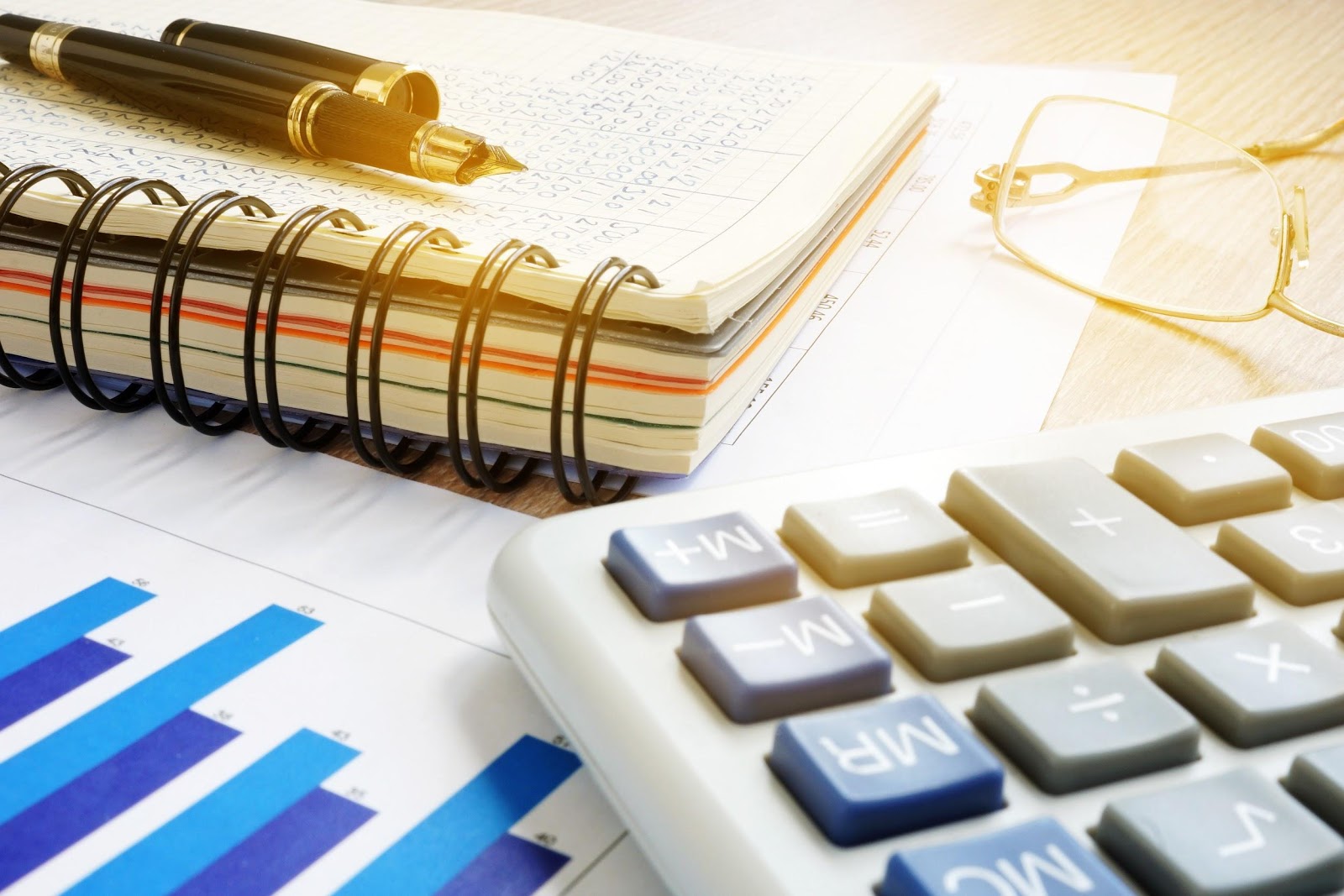Knowing how to accurately value a business involves multiple methods and formulas. When comparing and using multiple valuation methods, this will commonly result in different values for each valuation method. Utilizing these variations of value can actually help provide a more well-rounded valuation; but add the abundance of industry-specific considerations, and suddenly, “how to value a business” becomes much more unclear. The reality is, between the numbers and the lack of clarity within an abundance of industry-specific considerations, it is nearly impossible to accurately value your own business without the assistance of a professional.
How to Value a Business: Typical Methods
Cash Flow Analysis
It is important to normalize a company’s cash flow to show how much cash a new owner will have access to. Our analysts take a weighted average of the past three years’ Seller’s Discretionary Cash Flow (SDC), along with other factors, to determine the business’s value based on the business’s true cash flow. To calculate SDC, we add depreciation, interest, taxes, amortization, officer’s salary, and other discretionary expenses to the company’s net income.
Comparable Statistics
It is also important to determine how a business valuation compares to other businesses recently sold in that particular industry. We use numerous databases that track this information, and our analysts use the data to find businesses in the same industry and revenue range as the business in question. We then source multiples of cash flow and/or revenue from the sold transactions and apply those multiples to the current business being evaluated.
Industry Standards
The published Business Reference Guide contains a long list of metrics that, according to experts around the country, businesses should or do sell for. We source industry standards from this guide.
As we mentioned before, a critical component in how to value a business accurately is to rely on multiple methods and not rely on any one single method. With that in mind, our analysts take a weighted average of the three methods above to determine the final value.
How to Value a Business: Have Your Records in Order
In order to make any of the above calculations, certain records and documents are required. Be sure you can provide:
- Last three years’ federal tax returns
- Interim Profit and Loss Statement (P&L)
- Interim balance sheet
- Last three years’ P&L
- Last three years’ balance sheet
- Average value of salable inventory on hand
- Equipment List
- If real estate is owned, copy of tax bill on real estate and any real estate appraisal
- Lease information, if applicable
A business valuation is the single most useful piece of financial information about any business, whether a sale is imminent or not. Therefore, it is critical to work with a professional company like Viking that knows how to value a business accurately, and confidentially. Contact us today for a no-cost confidential business valuation.
Thankfully, from our decades of experience valuing companies in a wide range of industries, we know there are certain things you will always need to help get the best valuation for your business. We specialize in determining a business’s value through a streamlined process that can benefit any business owner, whether they are ready to sell or not. So, use this information to brief yourself on how to value a business, or simply use it to help identify the right kind of professional to determine that value for you.
Related Posts:
Why Every Business Owner Needs a Valuation

